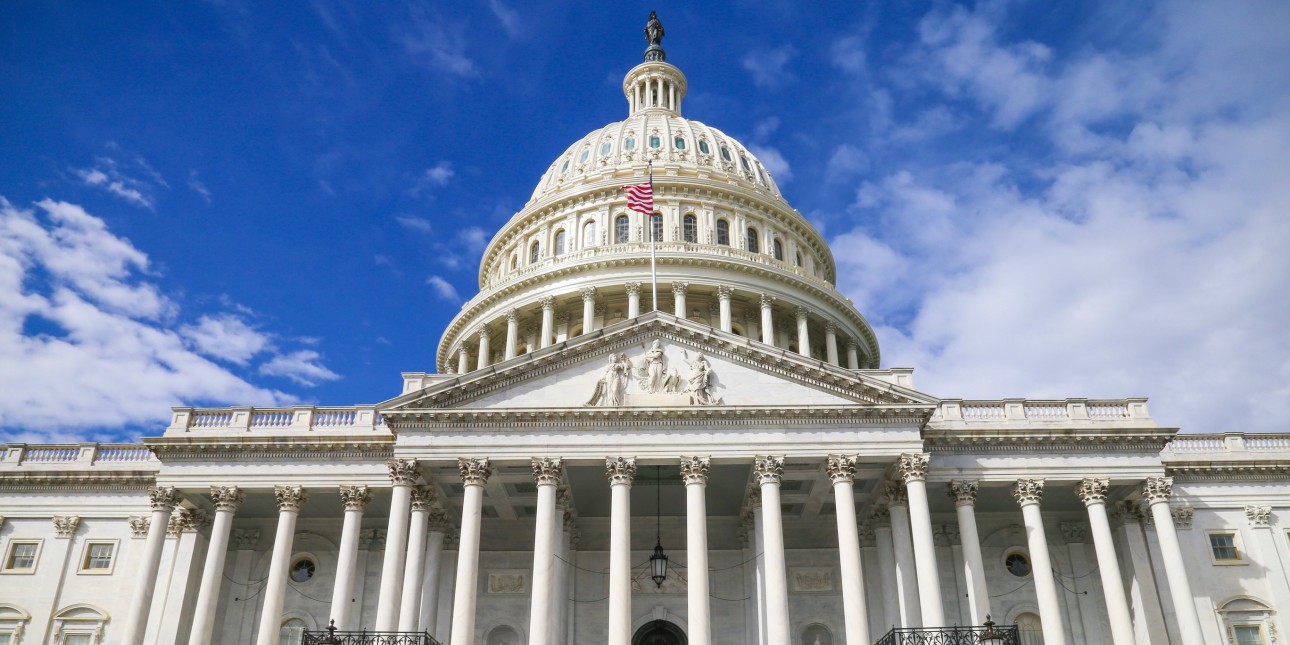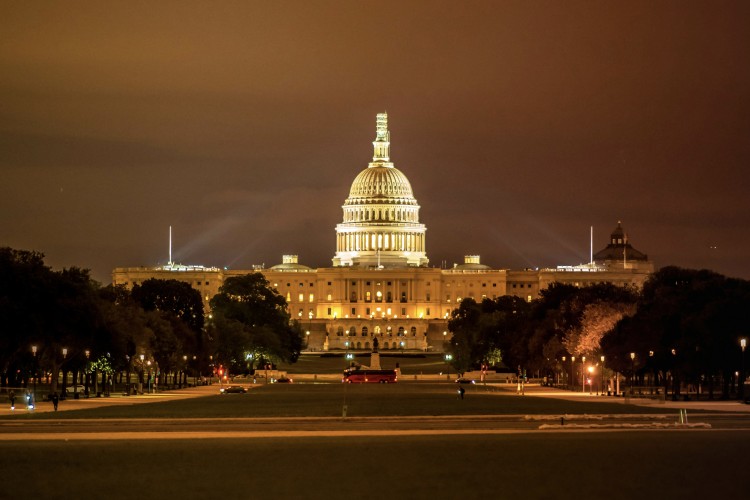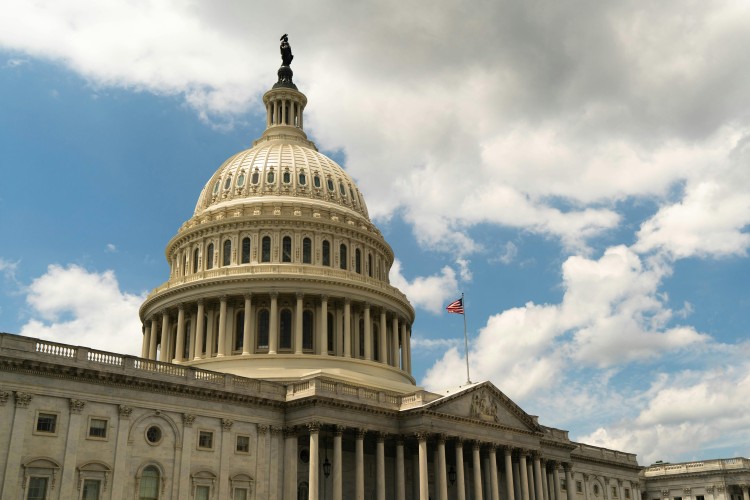Federal Funding Update: FY2020 Appropriations

UPDATE: Friday, September 20 - Youth Homelessness Demonstration Projects
The Senate Transportation-Housing and Urban Development (THUD) Appropriations Subcommittee has recommended $80 million for the Youth Homelessness Demonstration Projects (YHDP) in FY2020. This represents level funding in comparison to FY19, but is $20 million less than the House’s recommendation.
The THUD bill and its accompanying report also contains several important provisions related to youth experiencing homelessness. The Senate THUD Committee continues to direct the Department of Housing and Urban Development (HUD) to incorporate additional Federal data on youth homelessness into its Annual Homelessness Assessment Report (AHAR). The THUD Committee also continues to include report language that waives the requirement for youth ages 24 and under to provide third-party documentation to receive housing and supportive services within the Continuums of Care (CoCs). HUD is directed to provide guidance, notices, and webcasts to clarify this policy for all CoCs nationwide.
YHDP is a set-aside within the larger Continuum of Care line item which received a recommendation of $2.344 billion. The Notification of Funding Availability (NOFA) for the CoC program also received attention in the THUD bill and report. The THUD Committee directs HUD to shift the NOFA from “an annual competition, to a multi-year cycle will enable financial and staff resources to be more effectively utilized to address the goal of ending homelessness.” HUD is further directed to submit a report to Congress that identifies a plan for conducting a multi-year NOFA, including any necessary legislative changes that would be required to implement the shift.
The Senate’s THUD bill should now head to the Senate Floor for a vote before being conferenced with the House’s THUD recommendations.
The 2019 federal fiscal year concludes on September 30, 2019 and Fiscal Year 2020 begins at 12:01 am on October 1st.
The House of Representatives completed its FY20 appropriations earlier this year but the U.S. Senate chose to wait until a larger budget deal was enacted before proceeding with its appropriations process. As a result, the Senate is now scrambling to markup and pass all 12 of its appropriations bills before the October 1 deadline.
For an appropriations bill to be enacted into law:
- both the House and Senate must complete their separate appropriations processes;
- the chambers must reconcile any differences in their recommended funding levels (in a process known as “conference”); and
- the President must sign the conferenced bill.
The House of Representatives is currently preparing a Continuing Resolution (CR) to temporarily fund the government through November in the event that the Senate is unable to complete all or some of its appropriations bills.
Senate Republicans are currently attempting to tie Defense appropriations together with Labor-Health and Human Services-Education (LHHS) appropriations (as well as two additional approps bills), merging them all into a single package on the Senate Floor. This is unusual as the LHHS bill has not yet been through the traditional markup process that allows Appropriations Committee members the opportunity to offer amendments and make changes to the bill. Senate Democrats object to moving these combined bills forward due to increased money for the President’s southern border wall at the expense of the Democrats’ spending priorities.
As currently written, the Senate’s FY20 LHHS bill recommends $127.4 million for Runaway and Homeless Youth (RHY) programs. This represents level funding in comparison to FY19, but is $20 million less than the House’s FY20 recommendation. The report which accompanies the LHHS bill also contains the following language on prevention services recommended by Youth Collaboratory, “Where allowable, the Committee continues to support the ability of grantees to provide prevention services, such as counseling and case management, regardless of enrollment in residential services.”
The Senate’s LHHS report also contains instructions regarding counting youth who are experiencing homelessness:
“Counting Youth Homelessness.—The Committee believes an accurate count is critical to understanding the breadth of youth homelessness. The Committee encourages the Department to develop an ongoing study on the incidence and prevalence of homelessness and housing instability among youth, building upon the cost-effective approach that was established through funding from the Department of Housing and Urban Development. The Department should incorporate the results of the study into the Annual Homeless Assessment Report where possible. The Committee also encourages the Department to explore the feasibility of an ongoing study that addresses the needs and characteristics of youth homelessness, to include geographic differences and vulnerable populations that have not been previously studied. The Department is directed to provide a briefing within 120 days of enactment to the Committees on Appropriations of the House of Representatives and the Senate on its efforts.”
The Senate’s appropriations process is still quite fluid and subject to change. Please check this blog again for additional updates, as available. We anticipate the release of the Senate’s recommended funding for the Youth Homelessness Demonstration Projects (YHDP) later this week, and funding for Youth Mentoring Grants (YMG) at the very end of the month.
We will also provide further updates on the status of any CR as we approach the October 1 deadline.


